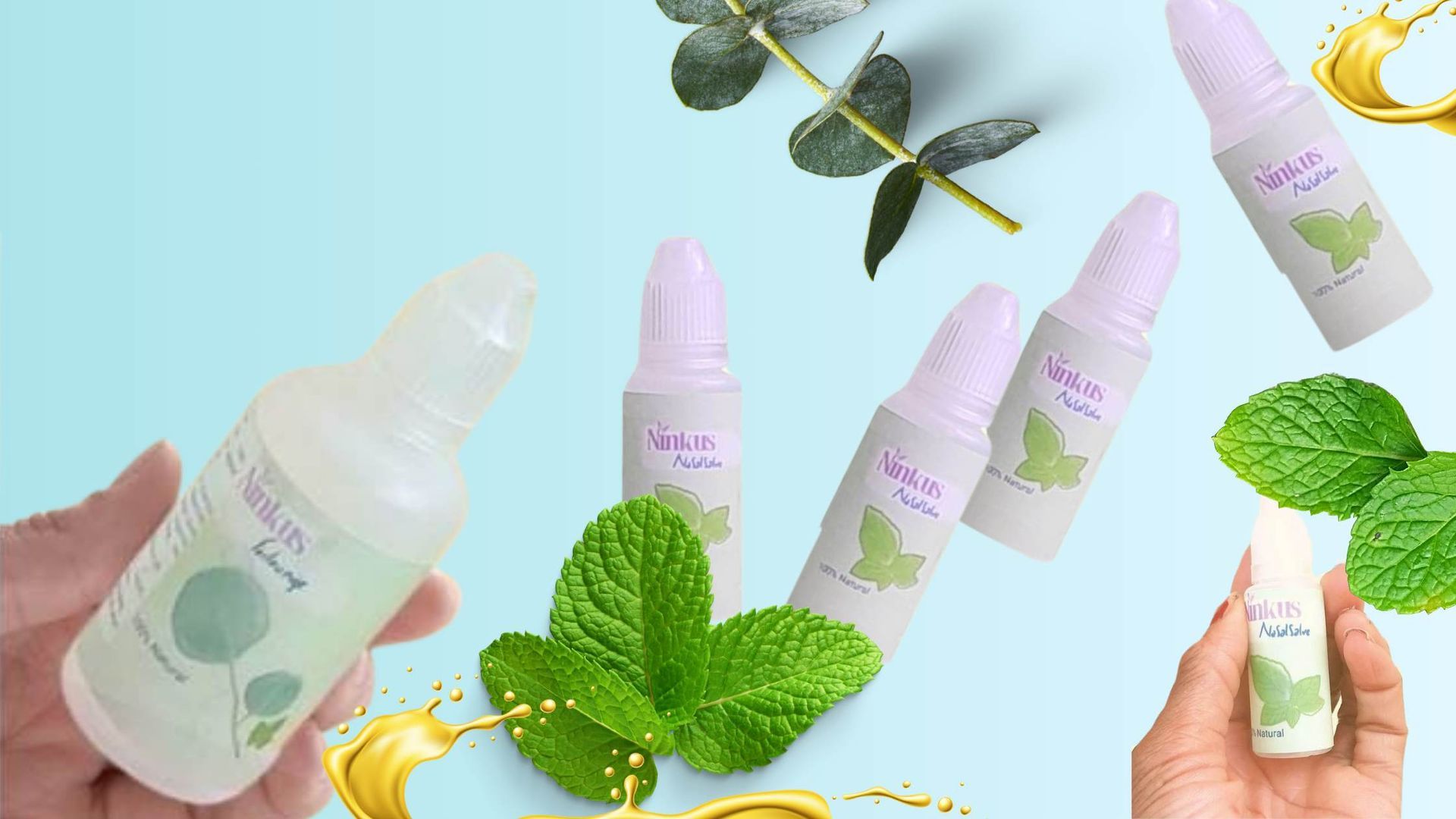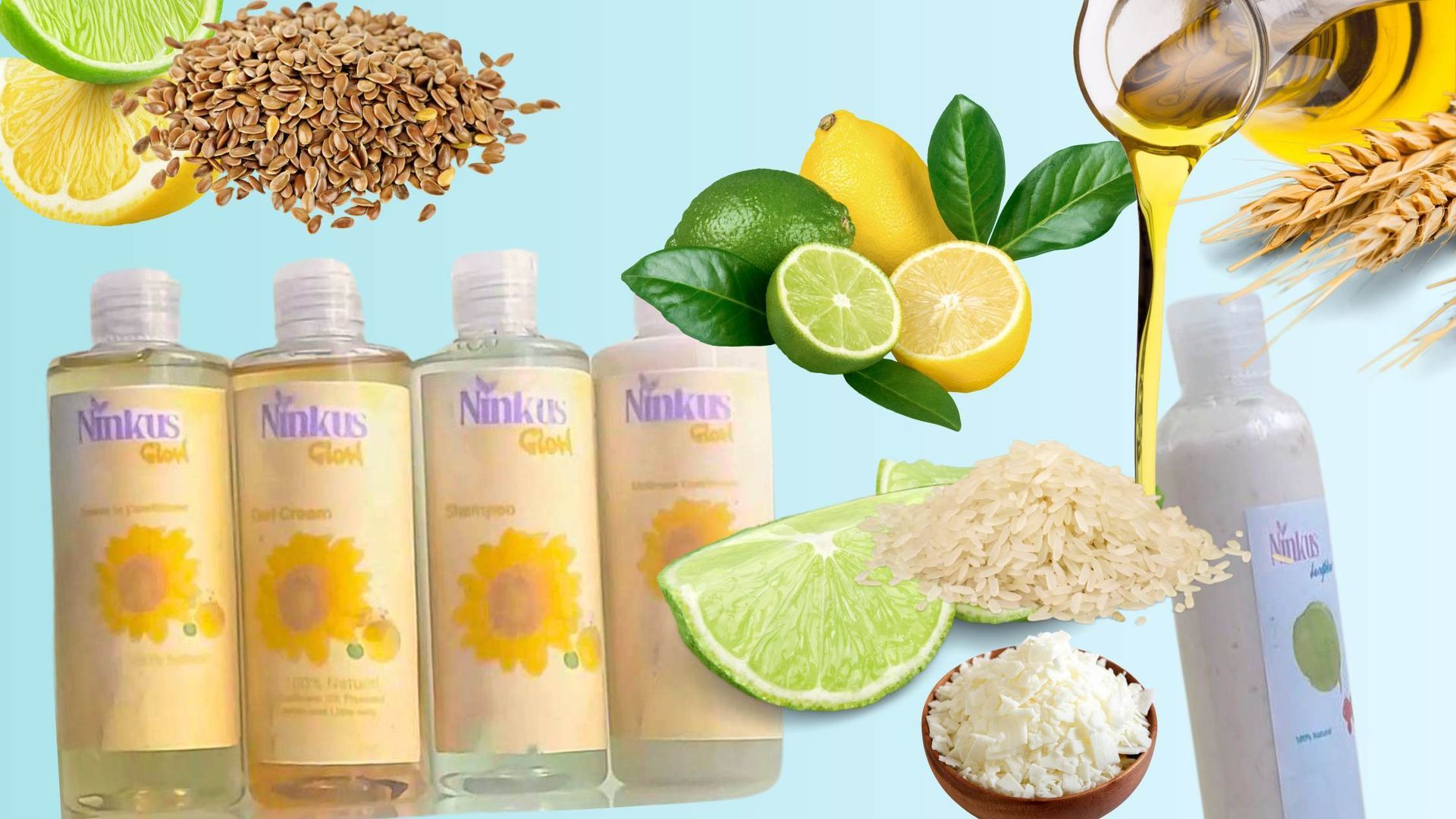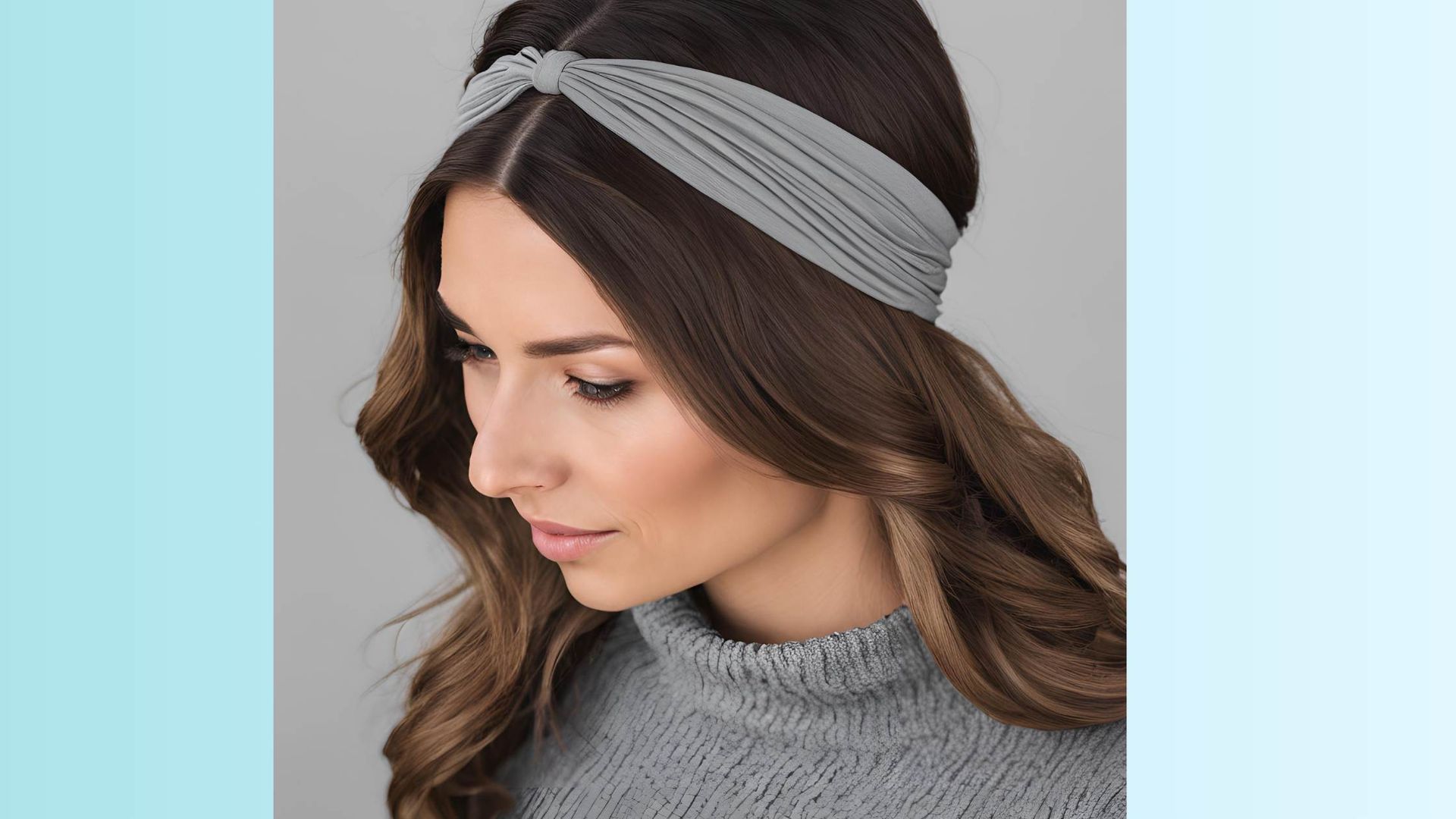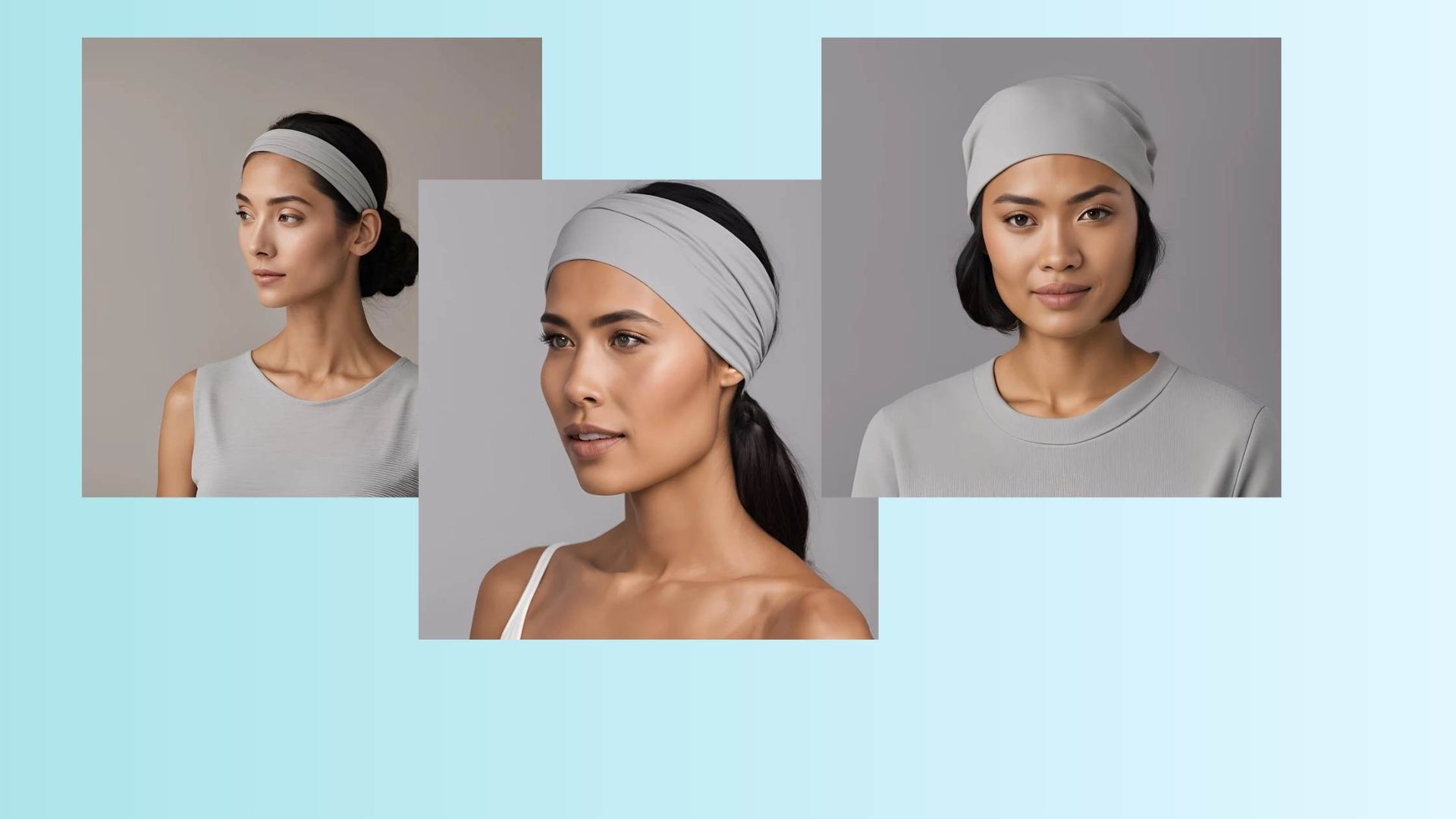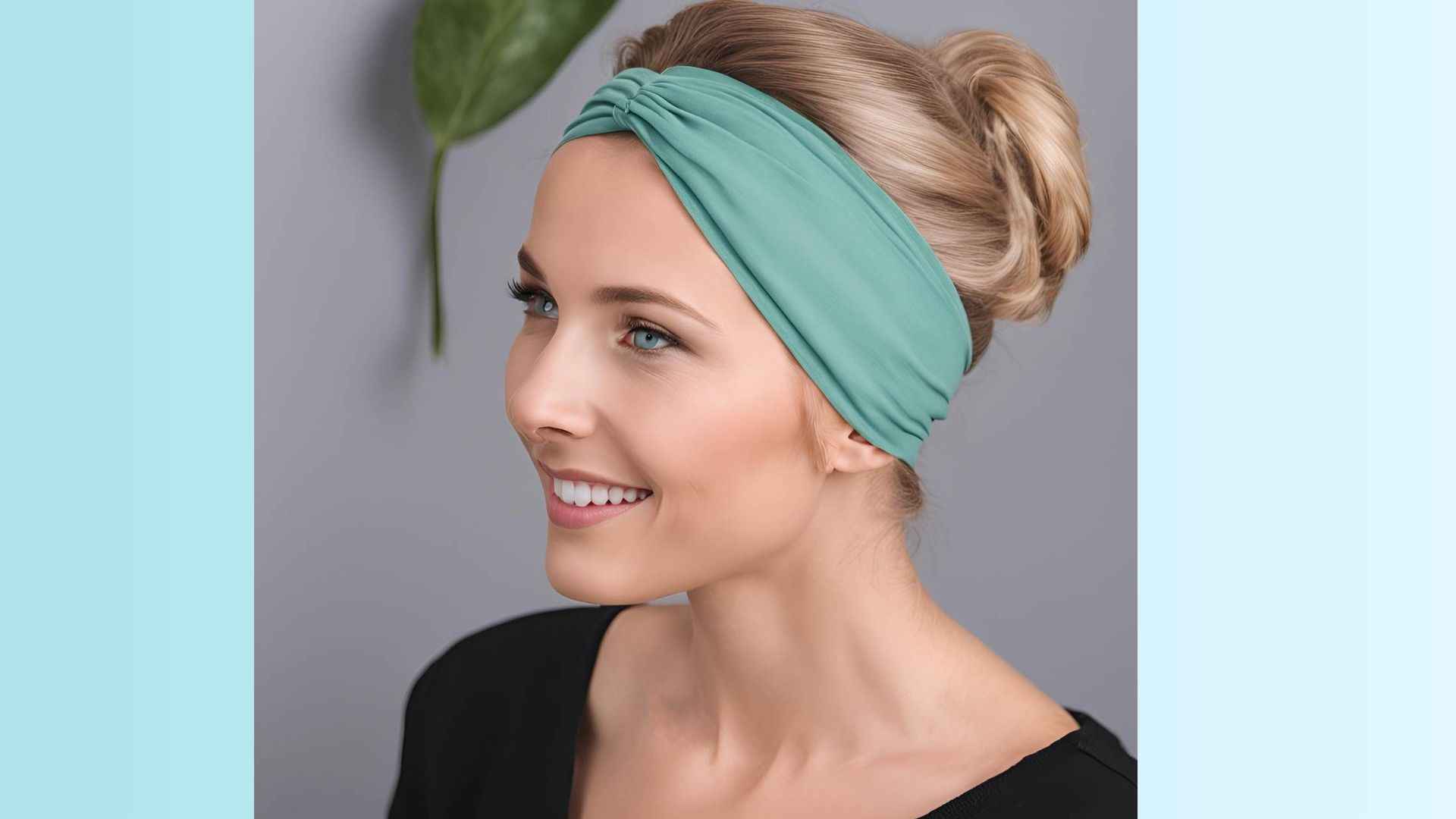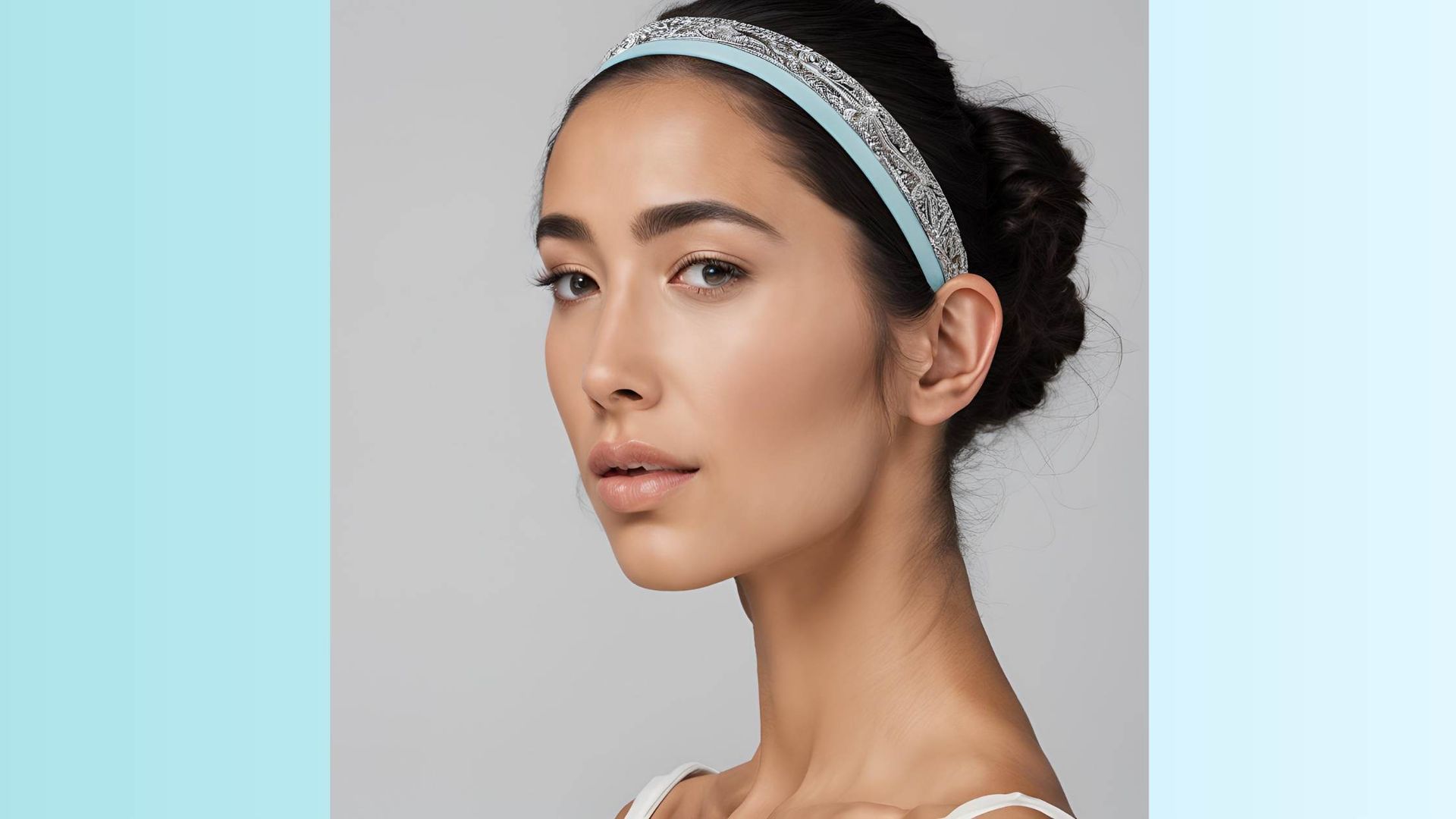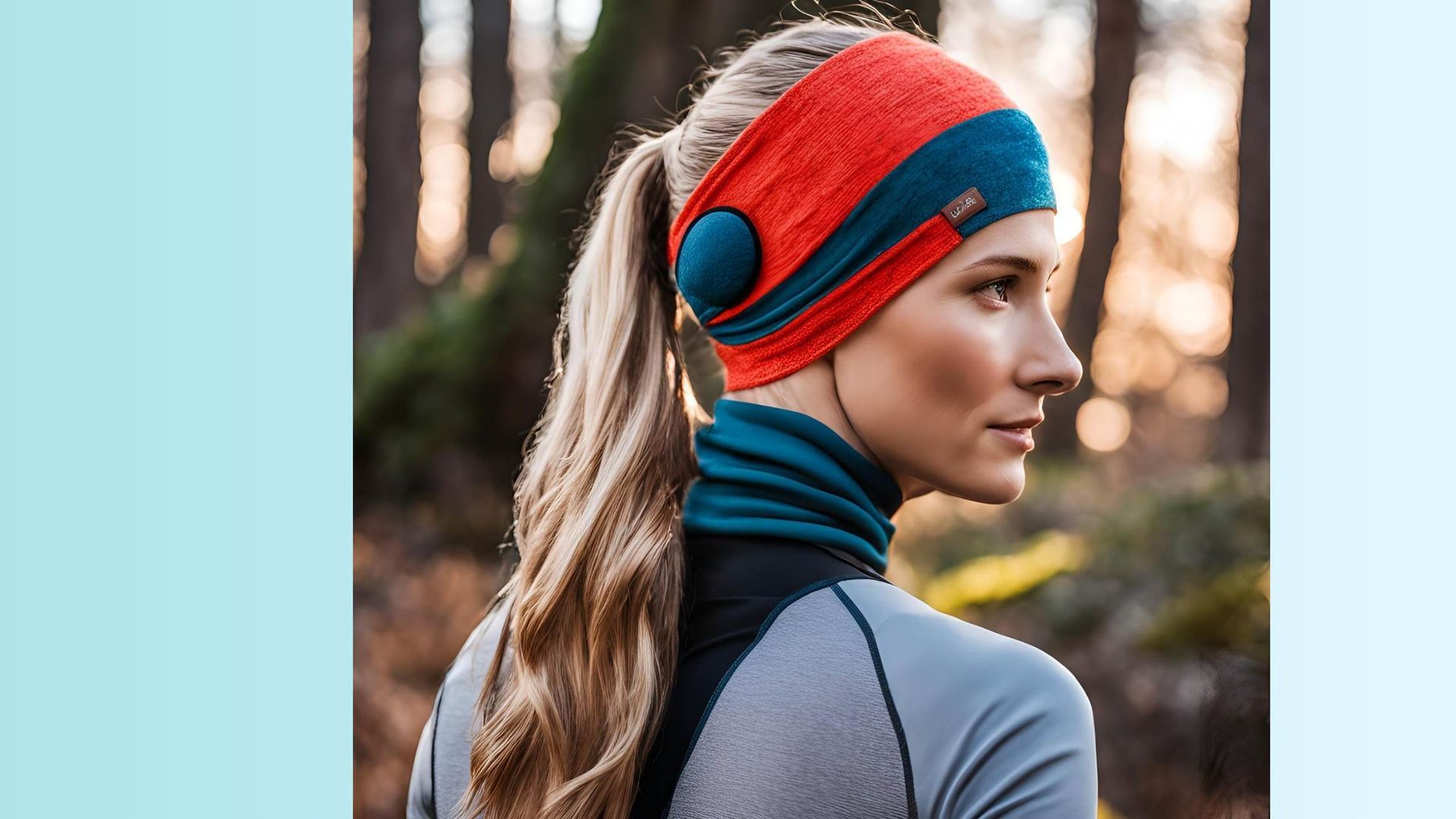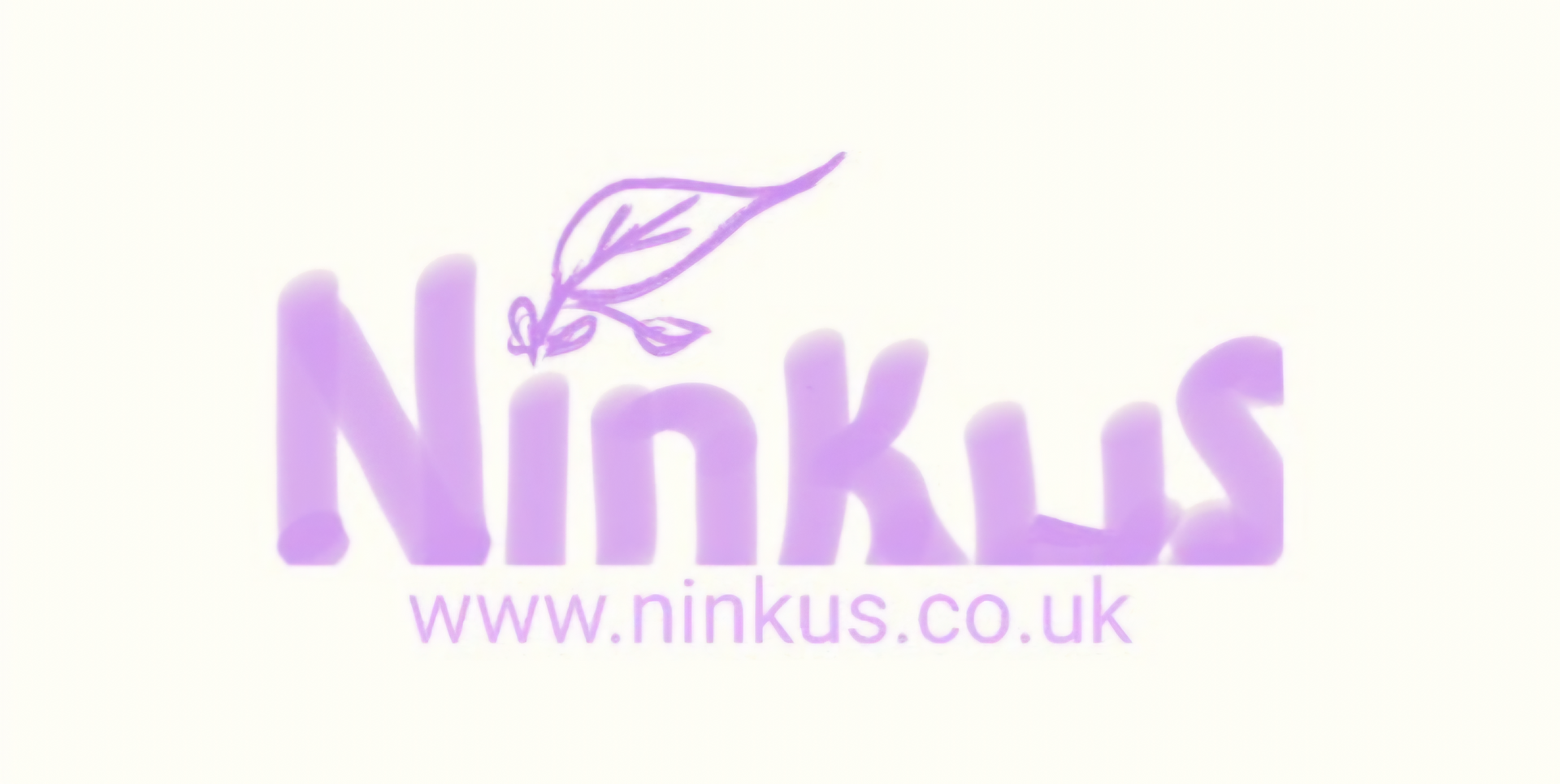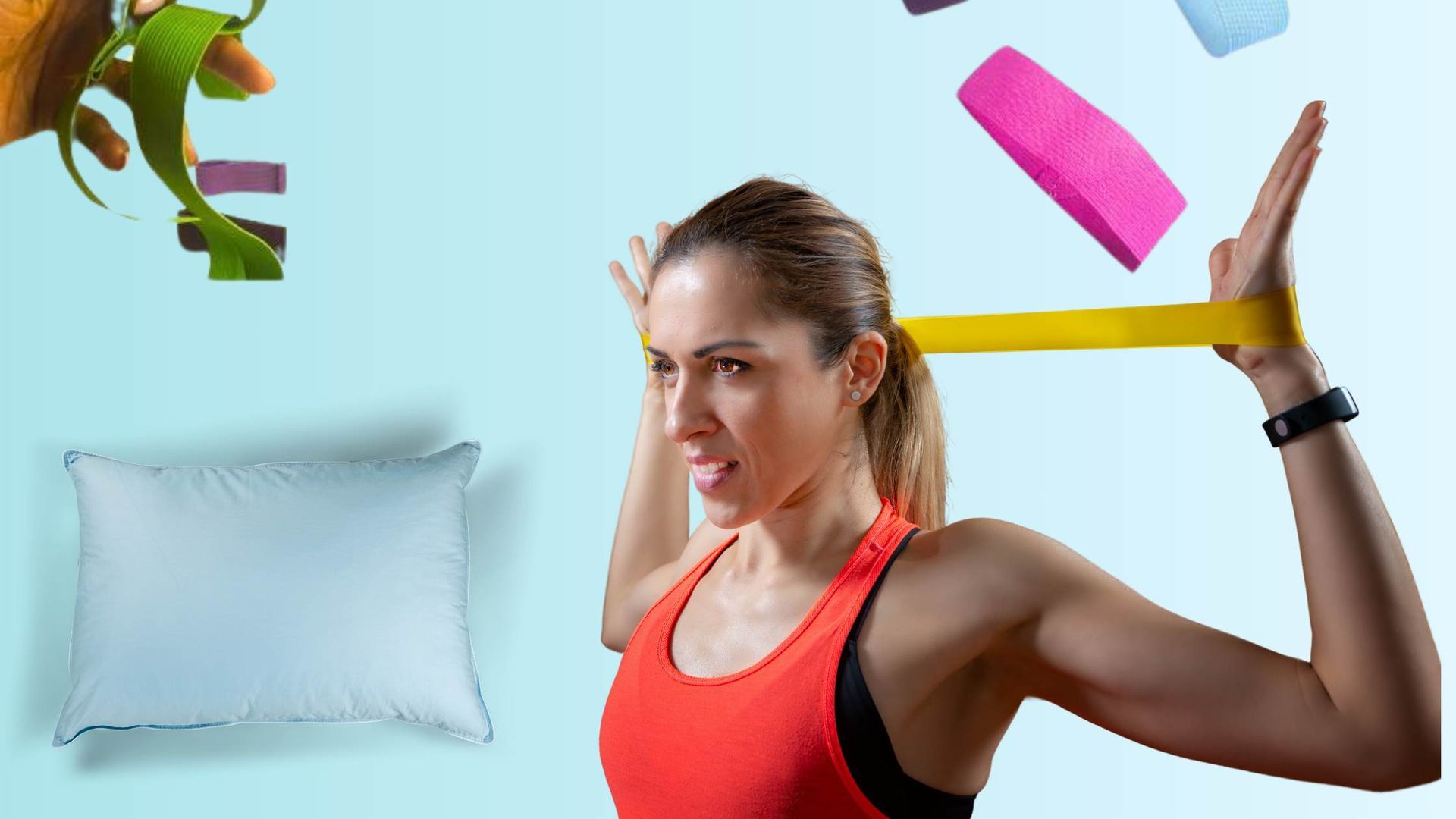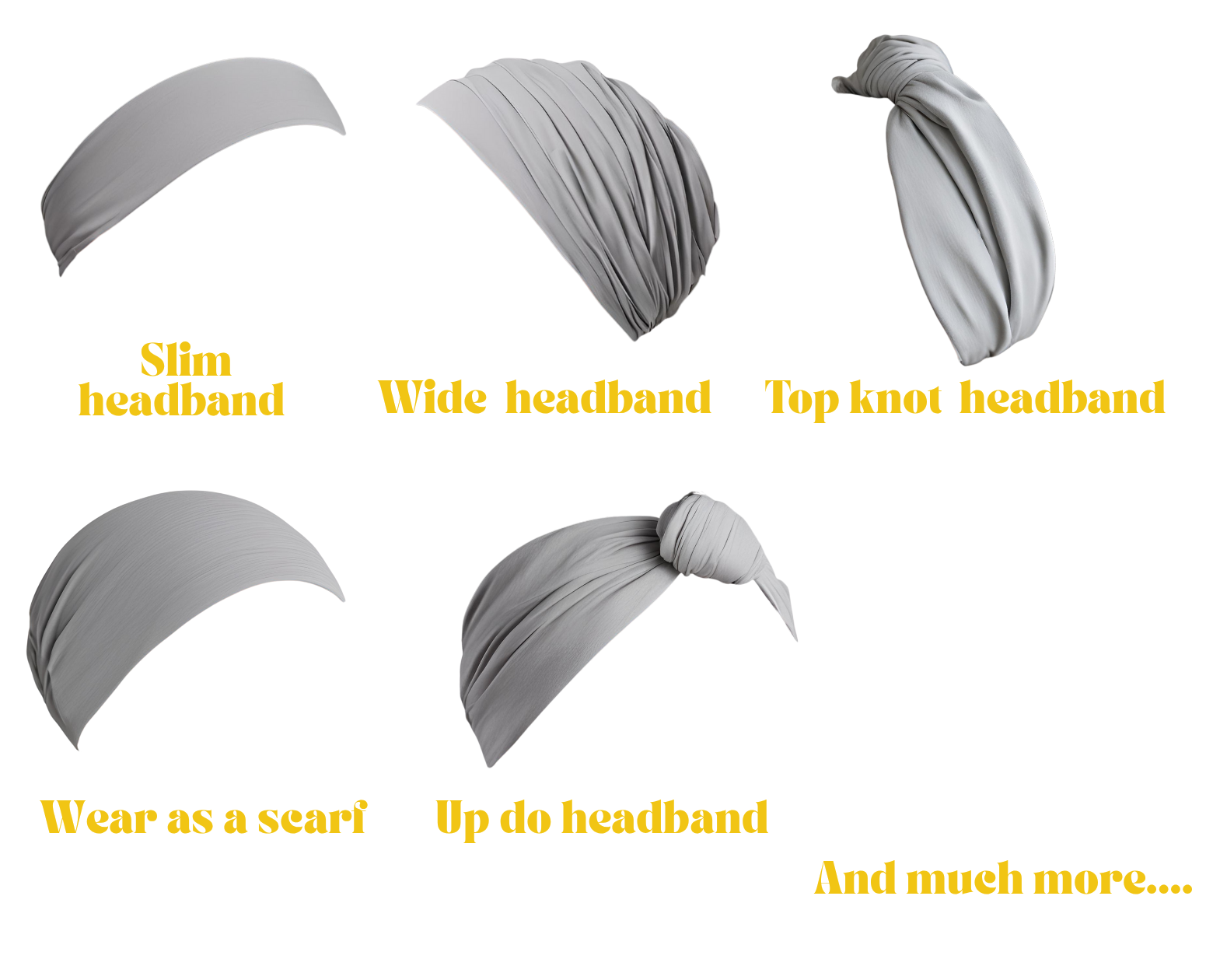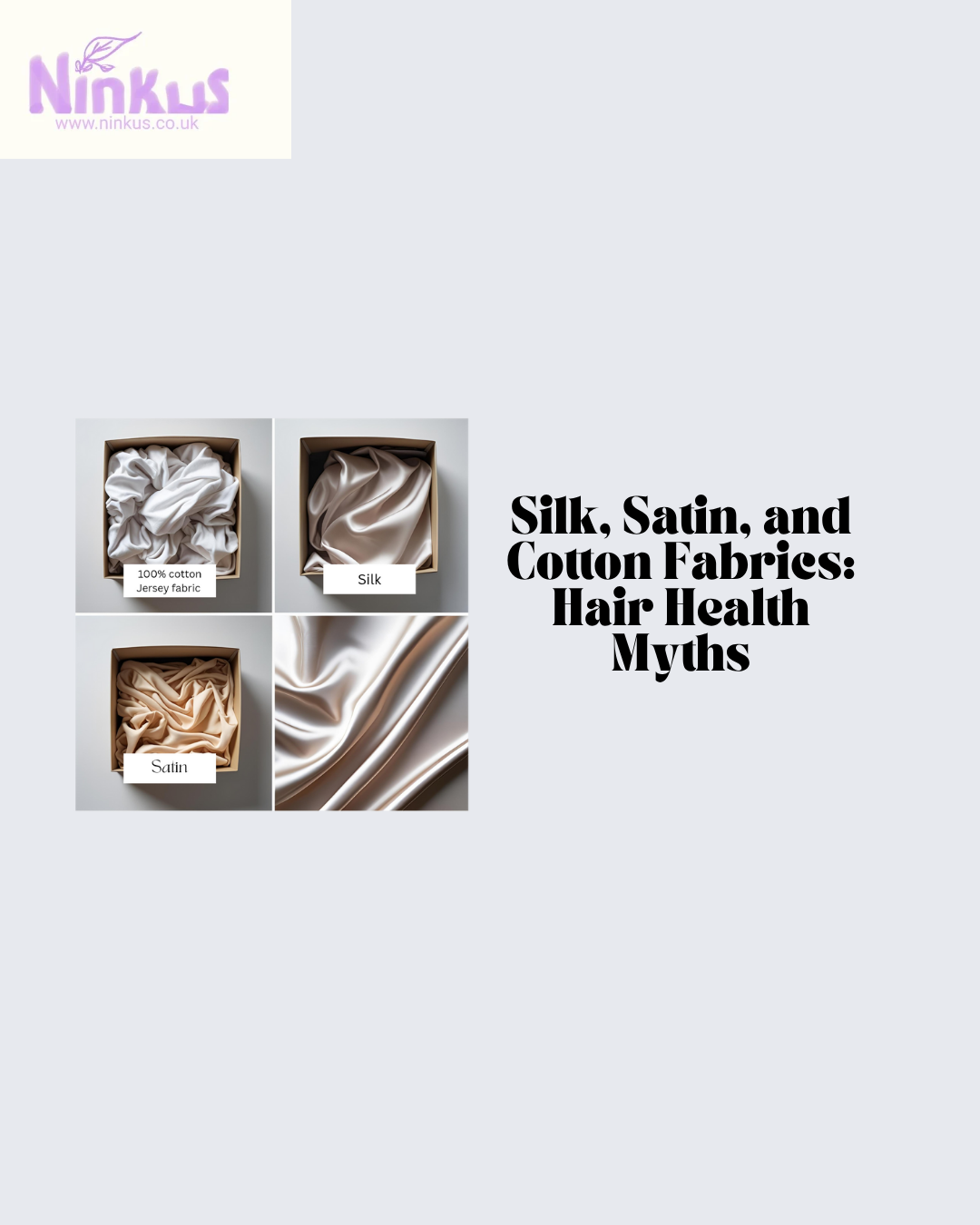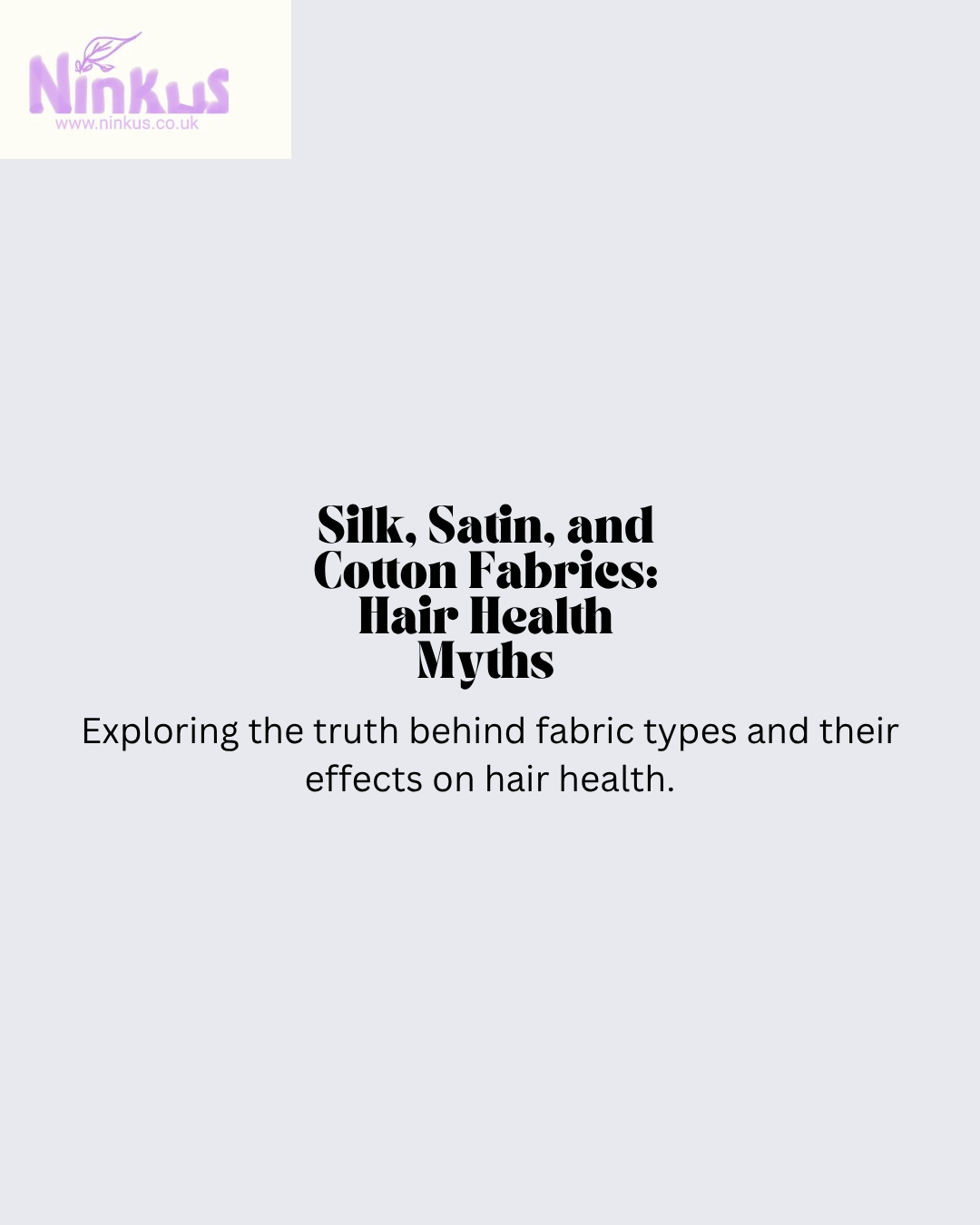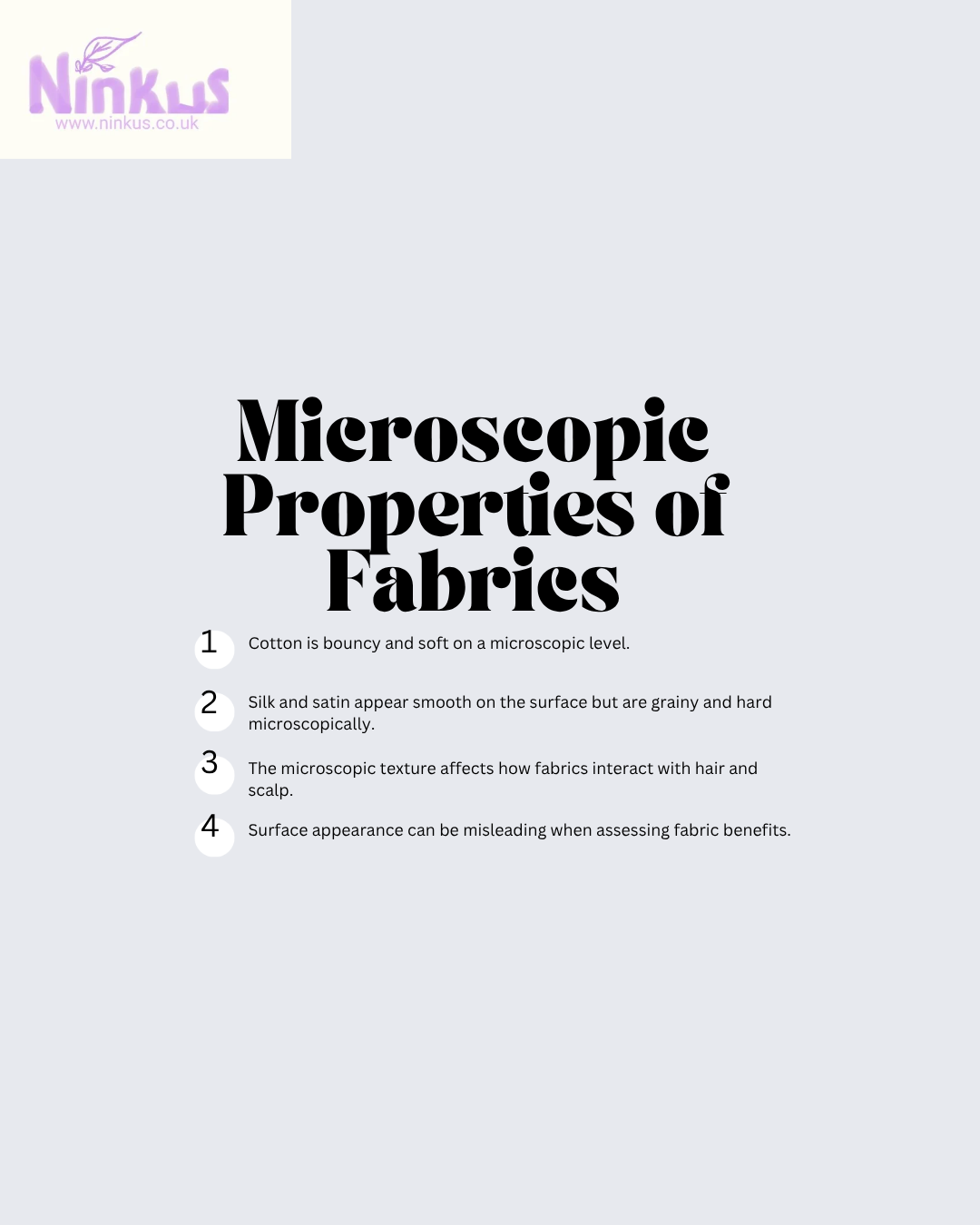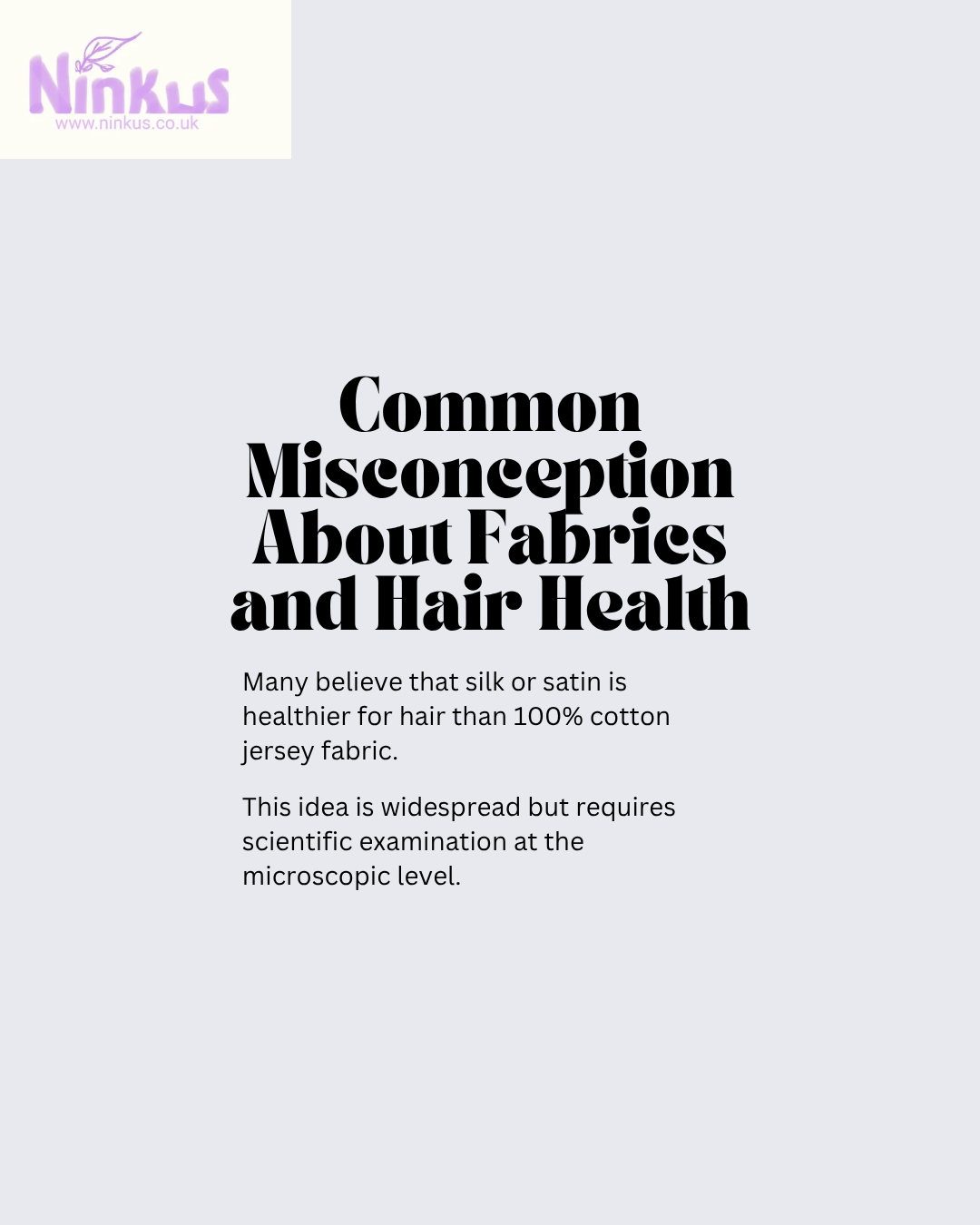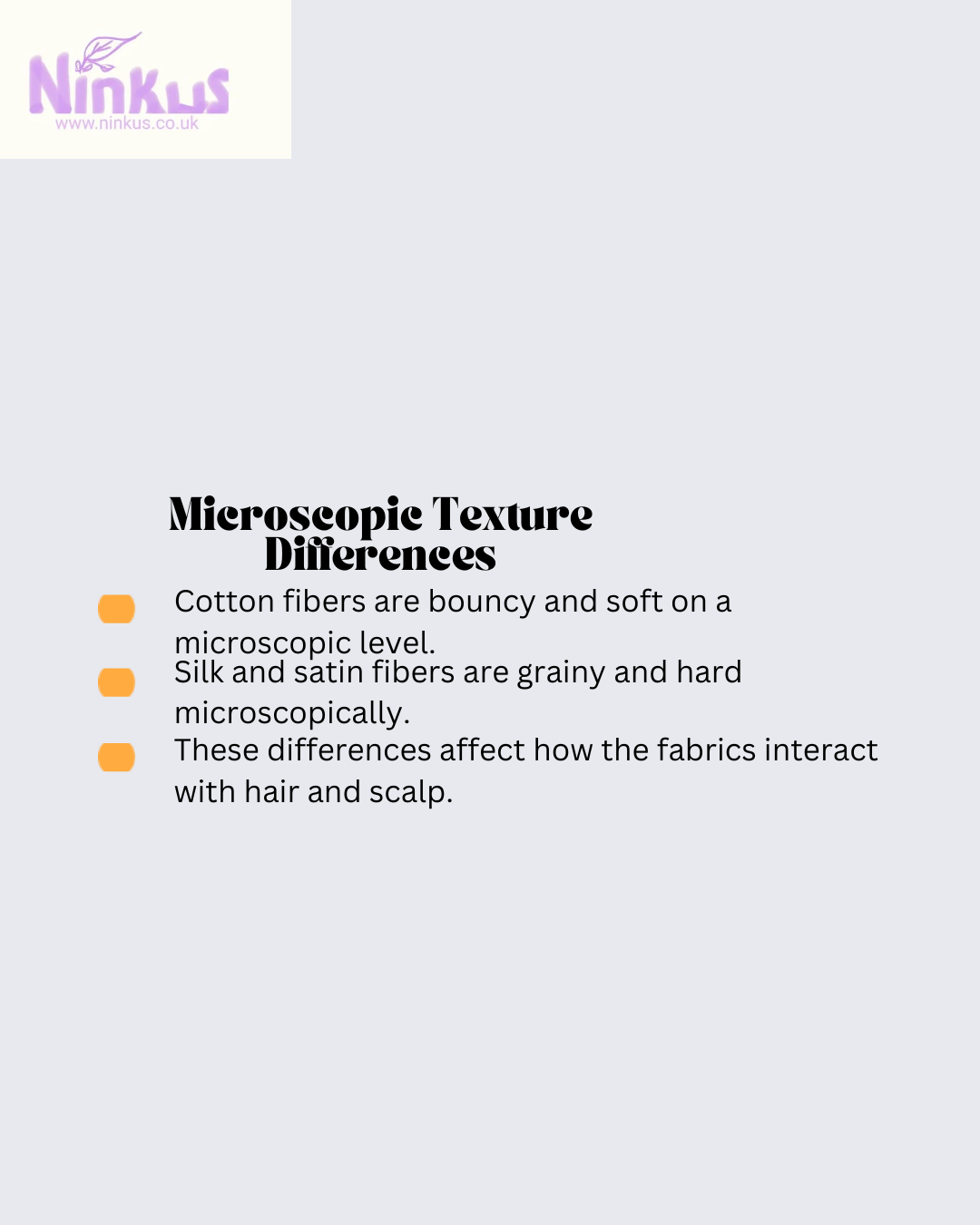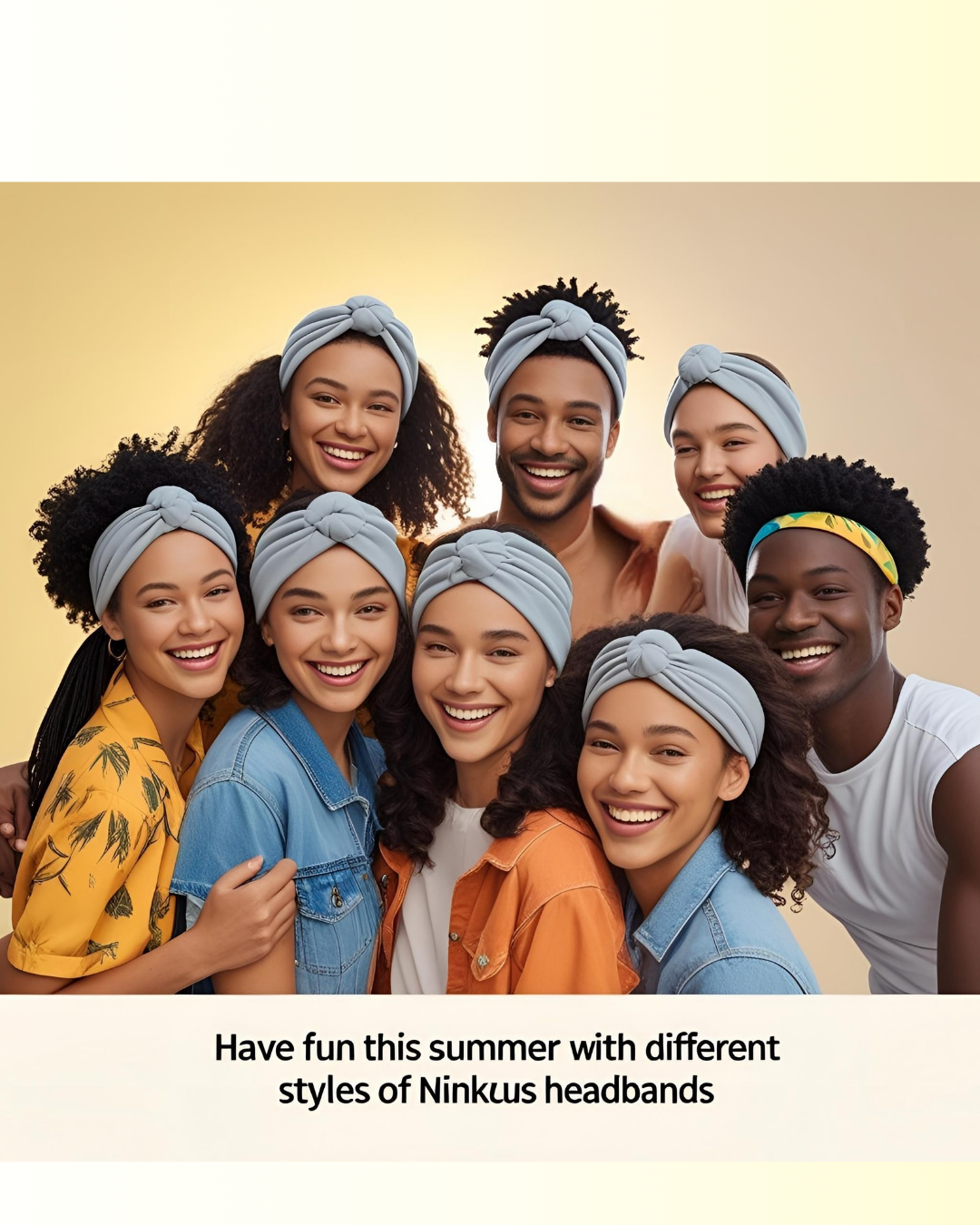History of Headbands in sport
Headbands in sports.
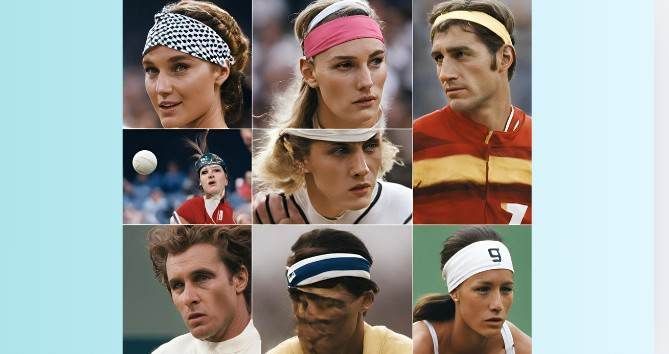
The Evolution of Headbands in Sports: A Whimsical Journey
From Ancient Origins to Modern Marvels
Once upon a time, in a land far, far away, athletes were discovered sporting the very first headbands, or at least their ancient equivalents. These early iterations were more about practicality than pizzazz, with warriors and sports enthusiasts alike using strips of cloth to keep sweat at bay and hair out of their faces. Fast forward to today, and the humble headband has become a staple in sports fashion, a little accessory with a big personality.
The 70s: Disco Fever and Sweatbands
The 1970s saw the headband take on a life of its own, grooving its way into the disco era and becoming synonymous with fitness and fashion. Athletes like Björn Borg and John McEnroe brought the headband courtside, making it a must-have item for tennis players everywhere. The sweatband became both functional and fashionable, a symbol of the burgeoning fitness culture. https://www.vogue.com/article/1970s-fashion-history-lesson
The 80s and the Rise of Aerobics
The 80s was a decade of bold colors and even bolder accessories. Headbands exploded in popularity, thanks in part to the aerobics craze led by icons like Jane Fonda. Neon headbands became the ultimate workout accessory, adding a splash of color to any exercise routine. It was a time when headbands were as essential to a workout as the workout itself..
https://www.whowhatwear.com/eighties-fashion
The 90s: A Grunge Revolution
In the 1990s, headbands took a turn towards the grunge, with basketball stars like Allen Iverson making them a key part of their on-court look. The headband became a symbol of rebellion, individuality, and undeniable coolness. It was no longer just about keeping sweat off your brow; it was about making a statement.
https://www.vogue.com/article/90s-fashion-history.
The 2000s: A New Millennium, A New Style
As we rolled into the new millennium, headbands became more versatile, with new materials and designs catering to a broader audience. From stretchy, moisture-wicking fabrics to sleek, minimalist designs, athletes had more options than ever before. The headband was evolving, and so was its role in sports fashion. https://www.marieclaire.com/fashion/best-2000s-trends/
The Influence of Iconic Athletes
Throughout the decades, iconic athletes have continued to shape the headband narrative. From LeBron James to Serena Williams, these sports legends have shown that headbands are more than just a practical tool—they’re a fashion statement and a form of self-expression.
The Rise of Tech-Infused Headbands
Today, headbands are not just about style; they’re about performance. With tech-infused designs that monitor heart rates and track movement, headbands have become integral to the modern athlete’s toolkit. The future of headbands is here, and it’s smarter than ever. https://www.independent.co.uk/news/health/symptoms-nottingham-trent-university-nhs-botox-b2471644.html
The Cultural Impact of Headbands
Headbands have left an indelible mark not just on sports, but on culture itself. They’ve been worn by rock stars, fashion icons, and even fictional characters, proving that this simple accessory has universal appeal.
Headbands in the Digital Age
As we embrace the digital age, headbands have found a new life online. Social media influencers and fashion bloggers have brought them back into the spotlight, showcasing their versatility and timeless appeal. Whether it’s a chic addition to a festival look or a practical accessory for a morning run, headbands are here to stay.
Looking to the future, the headband continues to evolve, blending style with innovation. The world’s first 3-in-1 headband, available at https://www.ninkus.co.uk, is leading the charge, offering versatility and functionality like never before.
In this whirlwind journey through time, headbands have proven themselves to be more than just a sports accessory. They’re a statement, a symbol, and a testament to the ever-changing world of fashion and sports.
